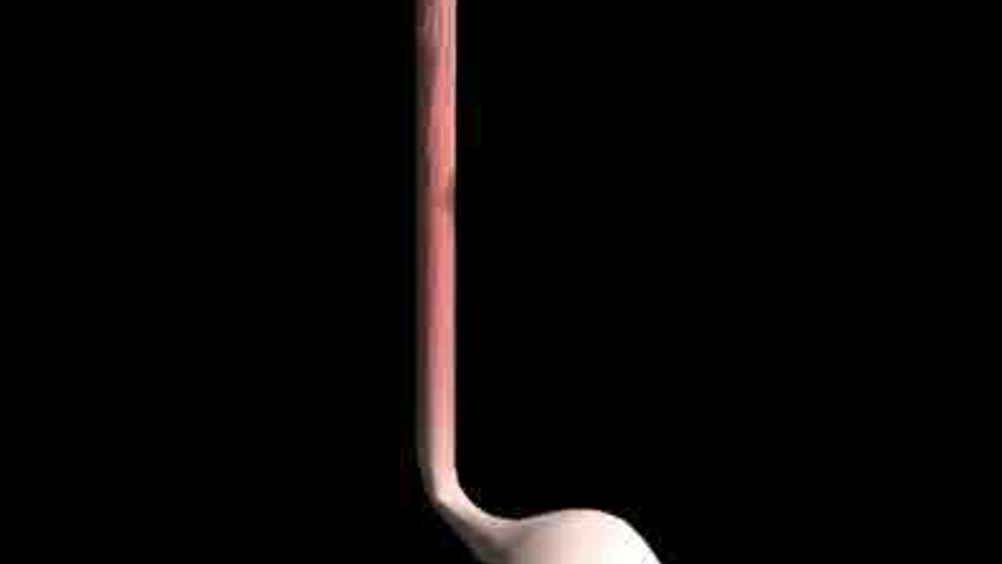Magnet-controlled camera
German researchers have developed a unique device to control the movement of swallowable camera pills.

Today, doctors can capture images of the inside of a patient's intestinal tract through the use of small swallowable cameras.
Unfortunately, such cameras are unsuitable for examinations of the oesophagus and the stomach. They only take about three or four seconds to pass through the oesophagus - resulting in the production of less than twenty images. And once they reach the stomach, their roughly five-gram weight causes them to drop very quickly to the lower wall.
So for doctors to capture images of the oesophagus and the stomach, patients are still required to swallow rather thick endoscopes, which is a very uncomfortable procedure.
Now, however, all this could become a thing of the past, thanks to researchers at the Fraunhofer Institute for Biomedical Engineering. Working in collaboration with engineers from Given Imaging, the Israelite Hospital in Hamburg and Imperial College London, the researchers have developed a unique device to control the movement of these camera pills, allowing cameras to be steered and stopped where desired.
Register now to continue reading
Thanks for visiting The Engineer. You’ve now reached your monthly limit of news stories. Register for free to unlock unlimited access to all of our news coverage, as well as premium content including opinion, in-depth features and special reports.
Benefits of registering
-
In-depth insights and coverage of key emerging trends
-
Unrestricted access to special reports throughout the year
-
Daily technology news delivered straight to your inbox










Water Sector Talent Exodus Could Cripple The Sector
Maybe if things are essential for the running of a country and we want to pay a fair price we should be running these utilities on a not for profit...